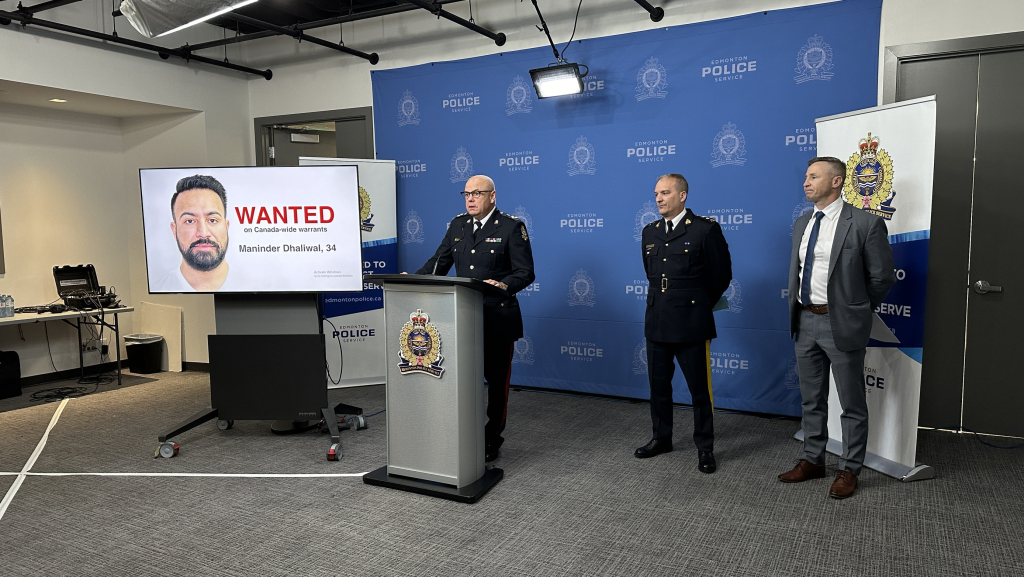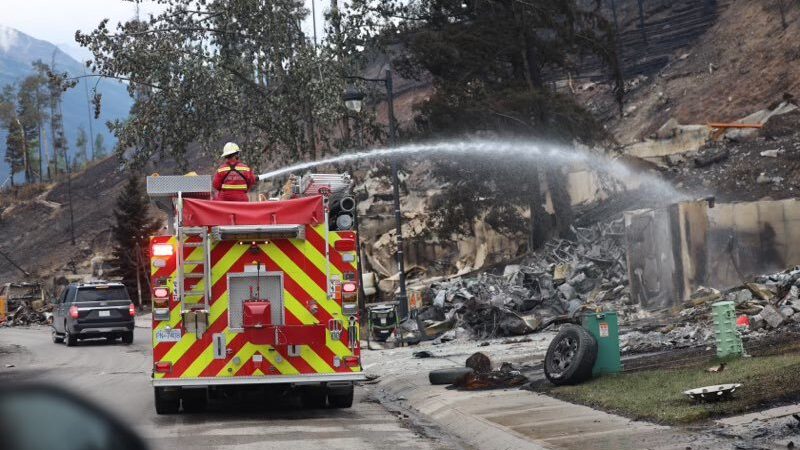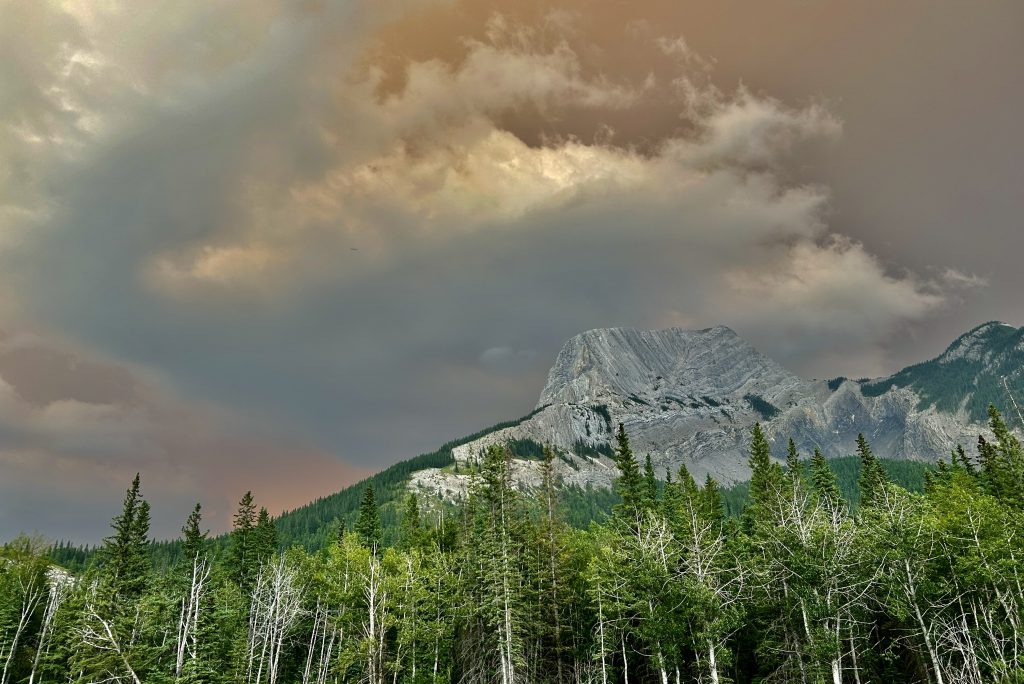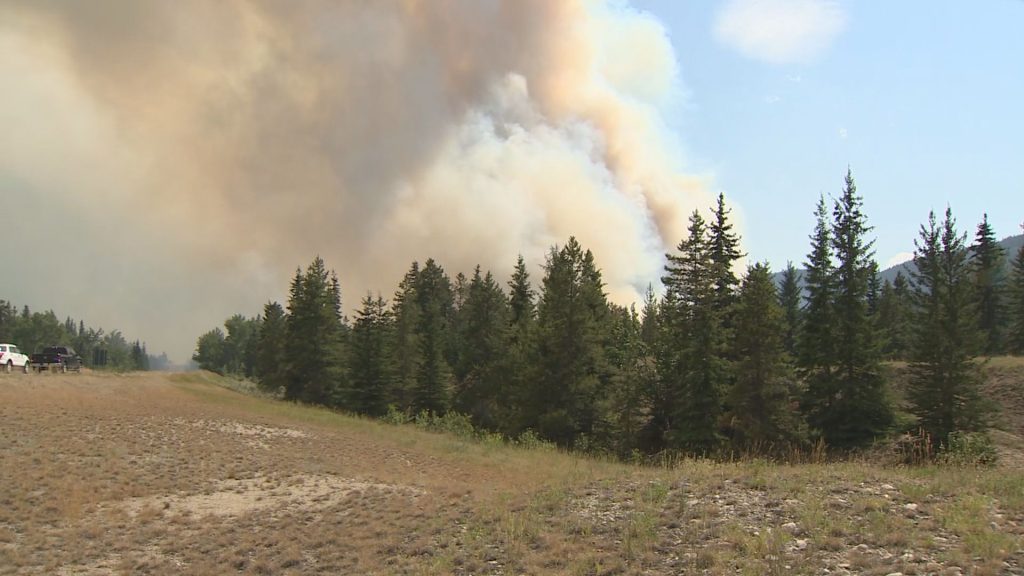Alberta looking for increased Indigenous participation in green energy
Posted February 26, 2019 2:12 pm.
This article is more than 5 years old.
CALGARY (660 NEWS) — During a speech at the Forward Summit, which gathers Indigenous leaders in the oil and gas industry, Alberta Environment Minister Shannon Phillips announced the next steps in the Renewable Electricity Program.
The program has gone through three rounds so far, with the projects announced in the first round expected to be operational this year.
Now moving into the fourth round, the province has clarified a road map for success as they aim to generate 5,000 megawatts of green power by 2030.
By laying out a more detailed, long-term plan for renewable power, we’re strengthening Alberta’s position as a leader in renewable energy – while providing certainty for private investors, communities and First Nations. https://t.co/kE4FUIbs5o #ableg #forwardsummit
— Shannon Phillips (@SPhillipsAB) February 26, 2019
Further, the province says proposed projects in this round must have an Indigenous benefit requirement to ensure these projects help as many Albertans as possible.
“The other big piece,” said Phillips, “is we’ve responded to Indigenous communities, to leaders, elders and to Indigenous business interests, who have asked us to specifically identify how many megawatts are in play for Indigenous benefit agreements.”
That number is 1,500 megawatts, which is enough to power 700,000 homes.
Overall, the province hopes the plan can draw in $10 billion in new private investment, along with creating about 7,000 jobs over the next 11 years.
At the 2019 @forward_summit Minister Shannon Phillips officially announced the next round of Renewable Electricity program (REP) Alberta including an Indigenous component pic.twitter.com/4LnYgoBOgM
— Forward Summit (@forward_summit) February 26, 2019
Although Alberta has long been known as an oil province, green energy is becoming more prominent.
“Alberta has been a real trailblazer when it comes to the development of wind energy, specifically,” said Evan Wilson with the Canadian Wind Energy Association. “Right now, there’s just short of 1,500 megawatts of operating wind capacity in Alberta. We’re about to have 1,300 megawatts of new capacity added through the Renewable Electricity Program, as well with this announcement of 400 megawatts of new competitive capacity to be added on; I think what we see here in Alberta is a real success story for wind development.”
RELATED: Alberta government announces $70M for clean technologies
It comes as prices for these sources continually go down and efficiency rises.
“We are looking at capacity factors of greater than 50 per cent — which we didn’t realize maybe a decade ago in terms of wind turbine technology,” said Guy Lonechild with the First Nations Power Authority. “They are actually producing more per turbine. We see one megawatt, two megawatt, three and four-megawatt wind turbines being made today. Saskatchewan and Alberta and places right across this country would be well served by adapting this technology and putting it into their grid options.”
This program will provide assistance to help Indigenous communities capitalize on the opportunity.
“And ensuring that we have the kind of investment climate in this province that continues to welcome billions of dollars in new private sector investment and creating thousands of new jobs,” said Phillips.
While past rounds of the program have also included Indigenous incentives, Phillips added it will put everyone on a more even playing field.
“The other piece that we want to be responsive to is communities that have a large land base that do have renewable opportunities on-reserve, but there might be other barriers such as transmission, distribution, other pieces to put in place. So we want to make sure that future rounds can allow for some of that feedback that we’ve had.”
Right now, the province has hit ten per cent of its goal to generate 30 per cent of the province’s energy needs through renewable sources. They hope to make it to 15 per cent by 2022, 20 per cent in 2025, and finally 26 per cent in 2028 before the target year of 2030.
After this round of searching for projects that have Indigenous benefit, there will be a community interest phase that includes specific benefits for Alberta communities.
Phillips also took aim at United Conservative Party leader Jason Kenney saying he would remove subsidies for wind and solar in addition to repealing the carbon tax.
“Really what Jason Kenney is offering is to turn back the clock on economic diversification, to slam the door on new economic opportunities for Albertans. We have tremendous resources; we are an energy province in every sense of that word. He is proposing to bring in an era of uncertainty, of shutting down contracts, of ensuring that Alberta is not a stable, predictable place to do business.”
“I would say for any leader that wants to improve the quality of life for Albertans, it’s the lower cost of electricity, building green infrastructure and creating wealth opportunities,” said Lonechild. “In those three streams, I think this government has got it right.”








